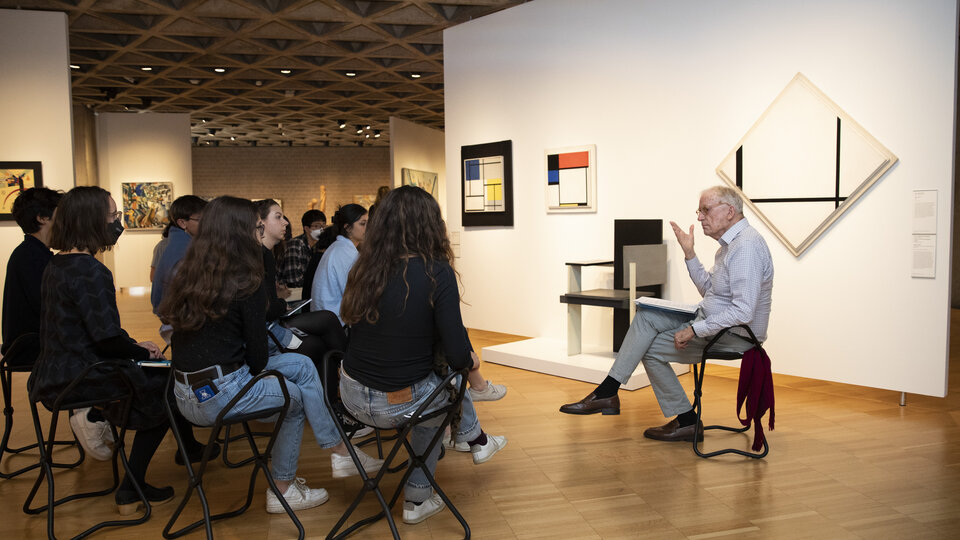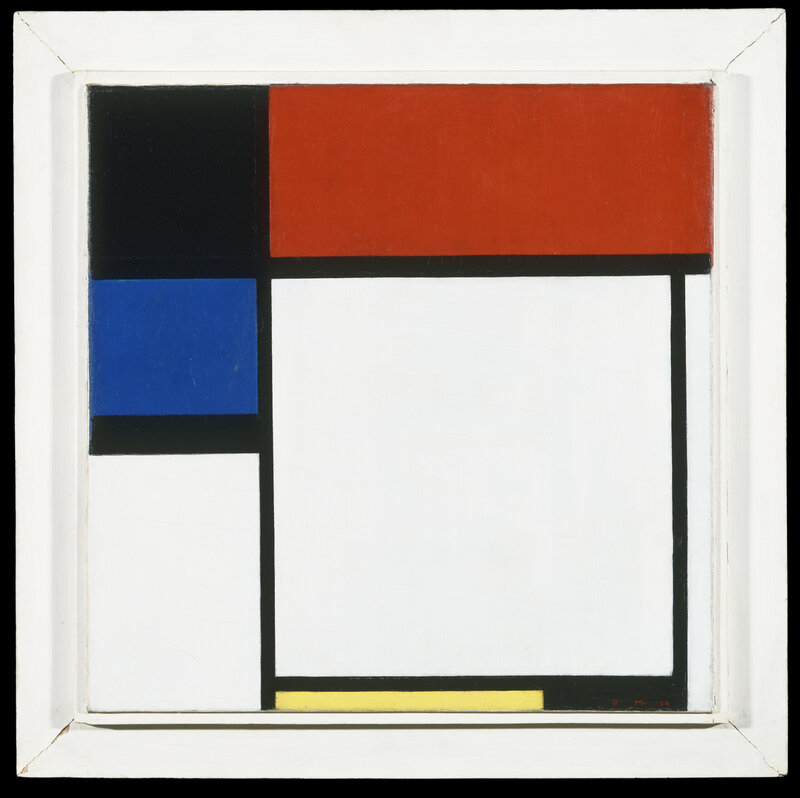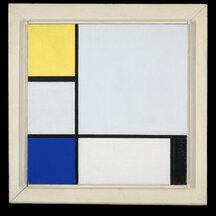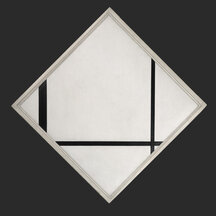Dates: April 4, 6, 13, and 14, 2023
Organized in collaboration with John Walsh, B.A. 1961, Director Emeritus of the J. Paul Getty Museum, Los Angeles, this lecture series on Piet Mondrian (1872–1944), the 20th-century Dutch pioneer of abstract painting, examines the phases of the artist’s development, from producing fairly conventional landscapes to experimenting with bright color, Pointillism, and Cubism. Mondrian went on to reduce his forms, compositions, and colors to a vocabulary of extreme simplicity. His ambition was to express the fundamental nature of the world in his art, the “dynamic equilibrium” of which, when studied thoughtfully, could improve both individuals and human society more broadly. This ideal led him to abandon entirely the depiction of recognizable things in favor of the spare, nonfigurative compositions that made him famous. Mondrian’s paintings have often given viewers the impression that he must have been cerebral, a maker of art for art’s sake. In fact, his writings reveal him to have been a true visionary, with a burning belief that these works, looked at with an open mind and heart, could not only give pleasure but also help create a better world. More recently, it has become clear that he was no recluse, but a well-connected, generous, curious, and thoroughly social being. In each of the four lectures, we pay close attention to the superb paintings in the Yale University Art Gallery’s collection, noting how Mondrian’s lines, shapes, and surfaces are calculated and applying ideas in his writings to what we can observe firsthand in the pictures.
Attend the lecture in person or on Zoom. Registration required.





